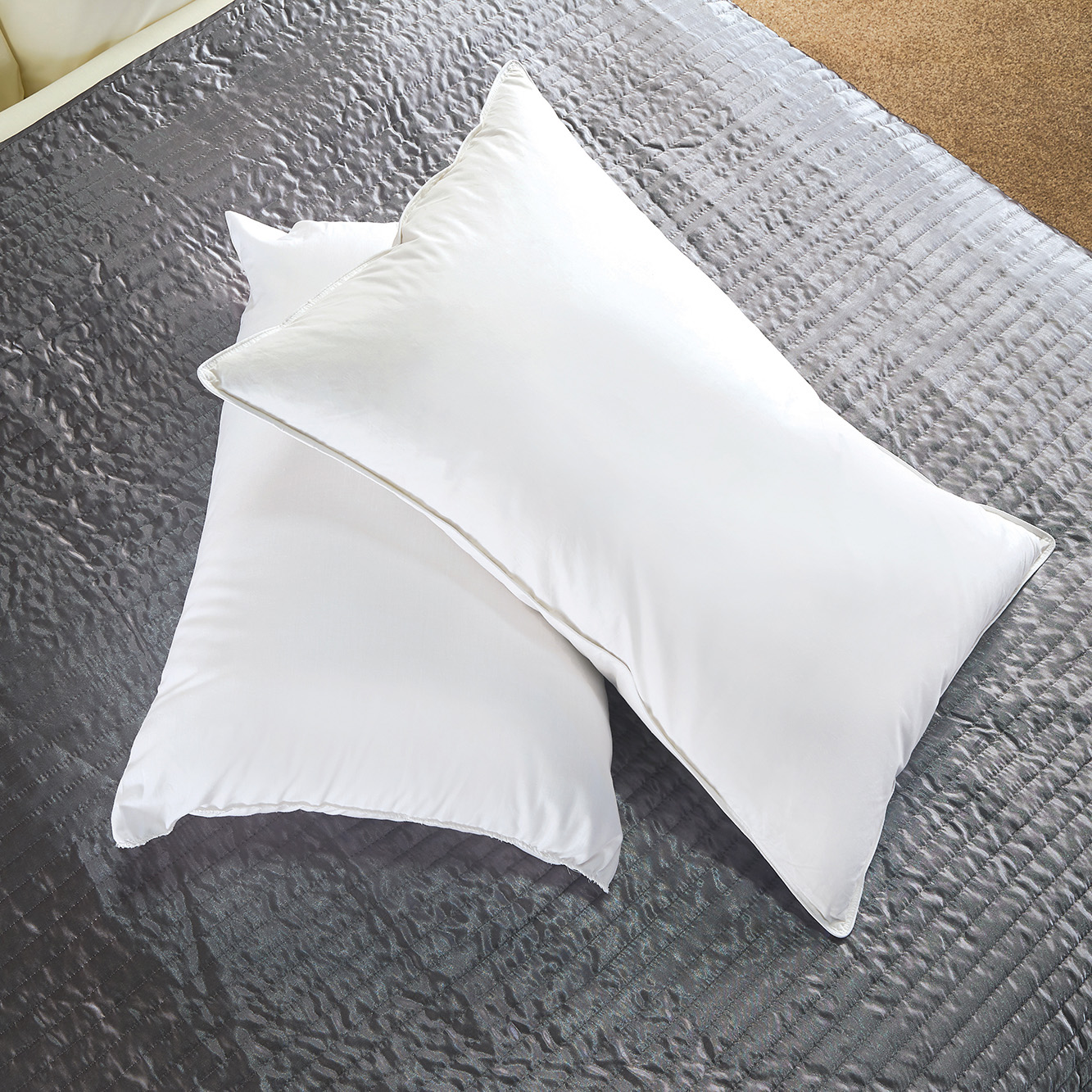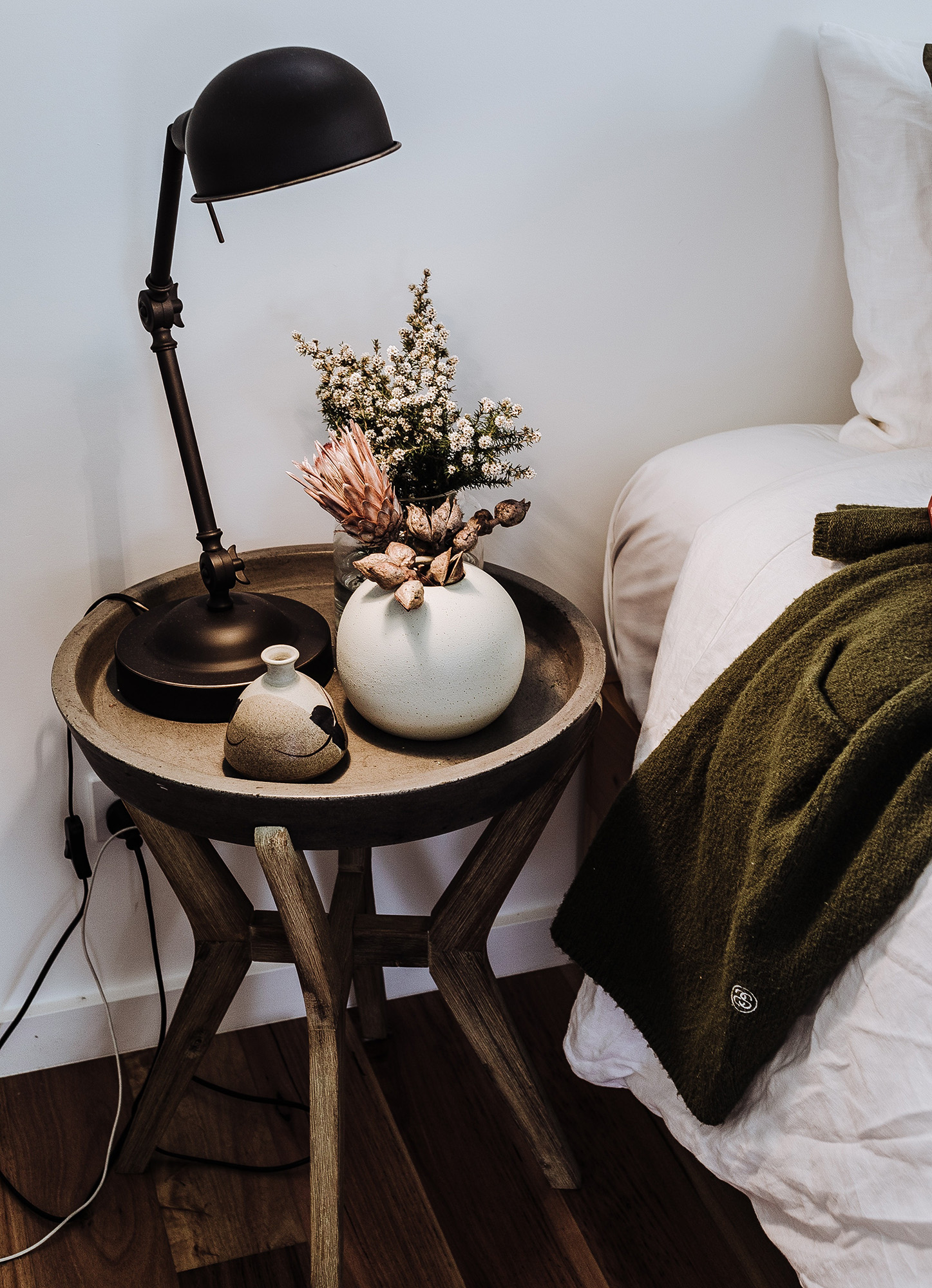If you can’t remember the last time you bought new pillows then you probably need to start thinking about buying replacements. Most of us spend a lot of time focussing on our mattress. And whilst the mattress is an important investment, pillows play an equal role in ensuring the quality of our sleep.
Posture is key to great sleep and your pillow is essential in helping to support a healthy sleep posture. This is where your body is in alignment – from knees to hips through the spine to the chest and shoulders, head and neck. Insufficient support can lead to strain and discomfort in your neck, shoulders and back, as well as sleeplessness.
So, when is a good time to replace your pillows?
Depending on the filling, pillows need to be changed every 18 months to 3 years. If your pillow is older than that then you won’t be getting the support you need and that means that you won’t be sleeping as comfortably as you could. You’re sleeping on your pillow for more than 2500 hours a year and like your mattress, a pillow should be regarded as an essential element to ensure high quality sleep.
If you are not sure how much life is left in your pillow, here’s a few steps you can take that will reveal how worn it is:
- Take off the pillowcase – is it stained or torn? Does it have an odour? These are indicators that they may need replacing.
- Try the folding test. Fold it in half – does it spring back into shape or remain folded? Another sign that the pillow is past it’s best.
Remember that pillows collect dead skin cells, mildew, fungus, mould and dust mites and, over time, a pillow can also double in weight because of these unwanted visitors! It’s these organisms that can trigger allergies and interfere with breathing during sleep.
How to choose the right pillow
Price isn’t everything. It’s more important to find a pillow that gives you the support you need and feels comfortable. This is a very personal thing so it is important to remember that you and your partner may have different preferences so it’s advisable that you both try before you buy, where possible.
There are a number of different fillings to choose from, each with their own benefits:
- Hollowfibre – are hollow strands of polyester. The hollow centre traps air and helps to provide a lofty filling offering firm support and extra plump appearance.
- Microfibre – is made from polyester and is a very fine fibre; super soft and silky. It’s incredible softness means it won’t produce more than a medium-firm pillow, unless blended with hollowfibre.
- Memory foam – made from high quality visco-elastic material that contours to the lines of you head, neck and shoulders. Whilst this type of pillow is great for people that suffer from neck and head pain, it’s a filling that also retains heat making it hot and uncomfortable, particularly in the warmer months of the year.
- Latex – has a similar feel to memory foam and offers even support, it’s breathable and won’t cause overheating. Latex pillows are also durable and long lasting, albeit expensive, but if you’re looking for firm support, this is a good option.
- Feather and down – a natural filling that combines feathers and down (the soft fluffy feathers found on the chest), offering medium/soft support. This type of filling lasts longer and is cooler than its’ synthetic counterparts. Great for contouring around the neck but does need to be ‘reshaped’ regularly to retain its thickness. Choose from duck or goose feathers.
- Wool – thick natural fibres that are heavy and offer firm support. Naturally hypoallergenic, resistant to mould and dust mites, it’s a great choice for allergy sufferers.

Choosing a pillow to match your sleeping position
It’s important to choose a pillow that reflects your main sleeping position to ensure that it provides maximum comfort. The correct pillow will support your pressure points and allow a natural spine curve.
Side Sleepers – a firm, high pillow is recommended. Go for one that’s as deep as the distance between your ear and outside shoulder. You need the pillow to provide support for your head and neck and allow a natural spine curve.
Back sleepers – go for a medium support pillow, providing gentle support without pushing your head forward.
Front Sleepers – need a soft pillow to avoid arching the spine while you sleep. Consider tucking a pillow under your stomach too for maximum comfort.
So the message is clear – your pillow plays a very important part in ensuring a restful and comfortable sleep. Check regularly to ensure that your pillow is clean and still up to the job!
When you plan to replace your pillows, take the time to think about how you sleep to ensure that you select the best type to suit your style and always try out the pillow before you buy.




